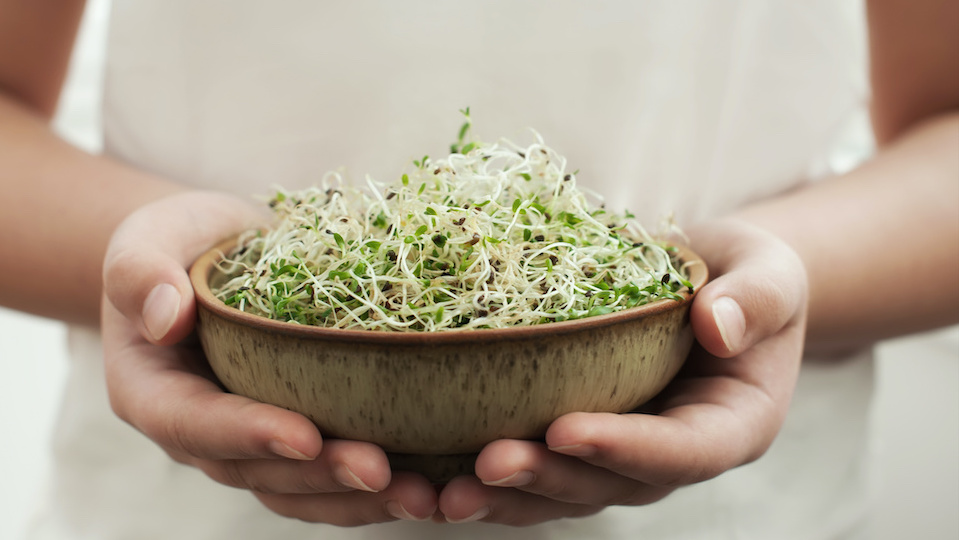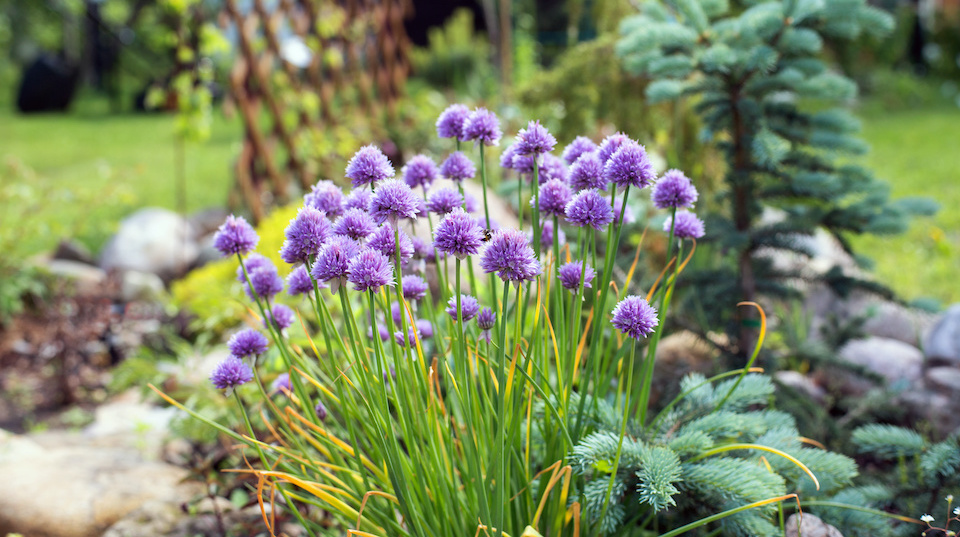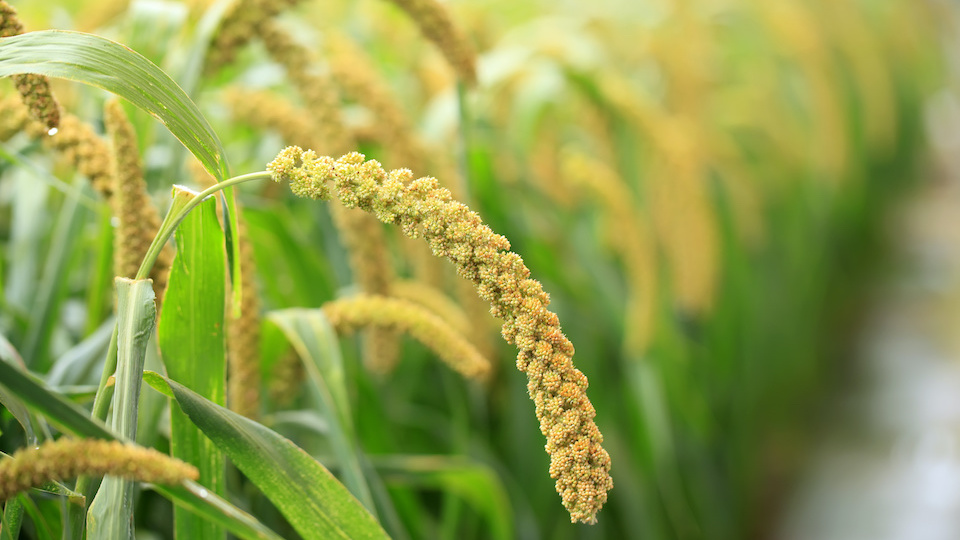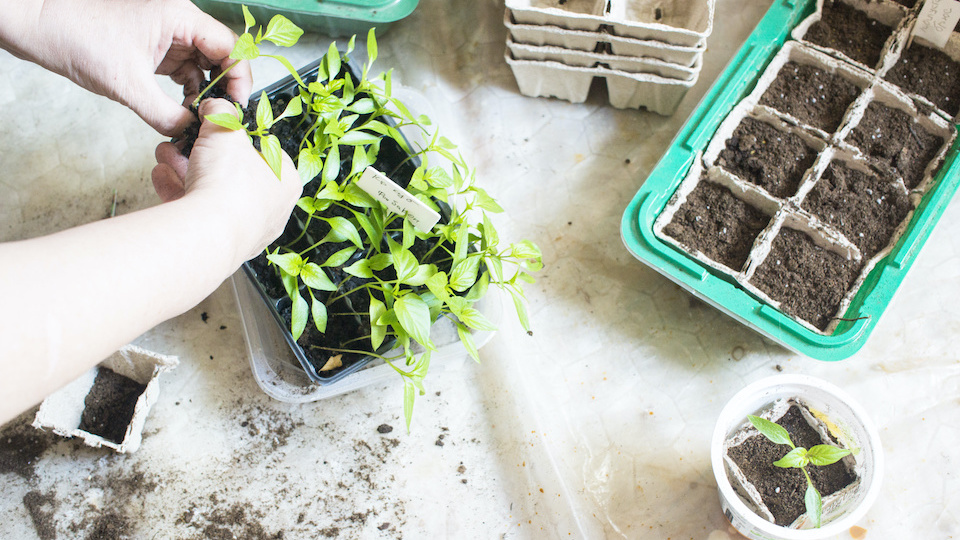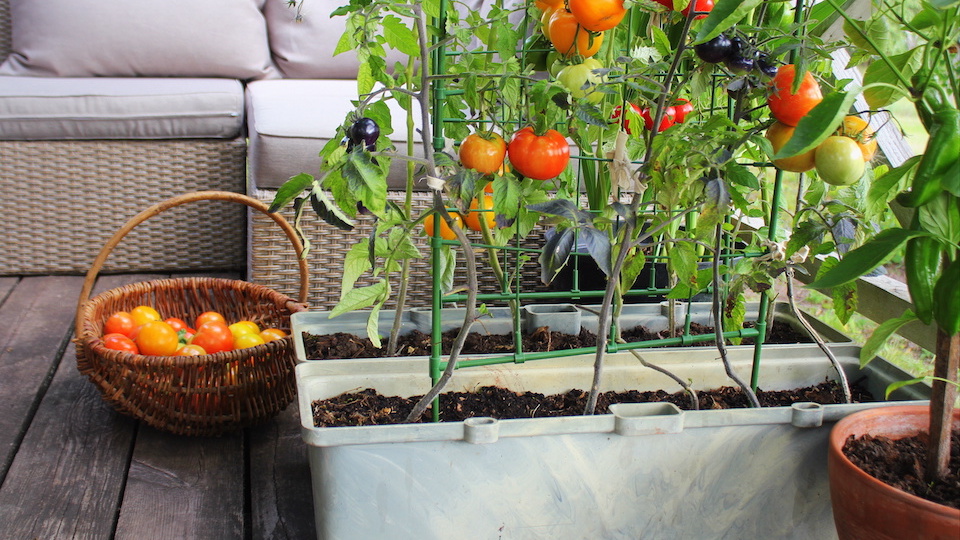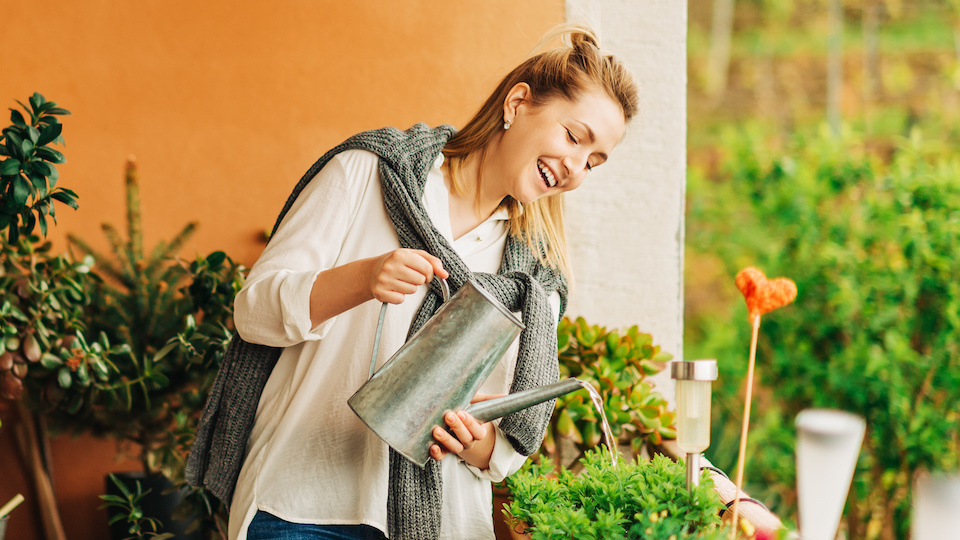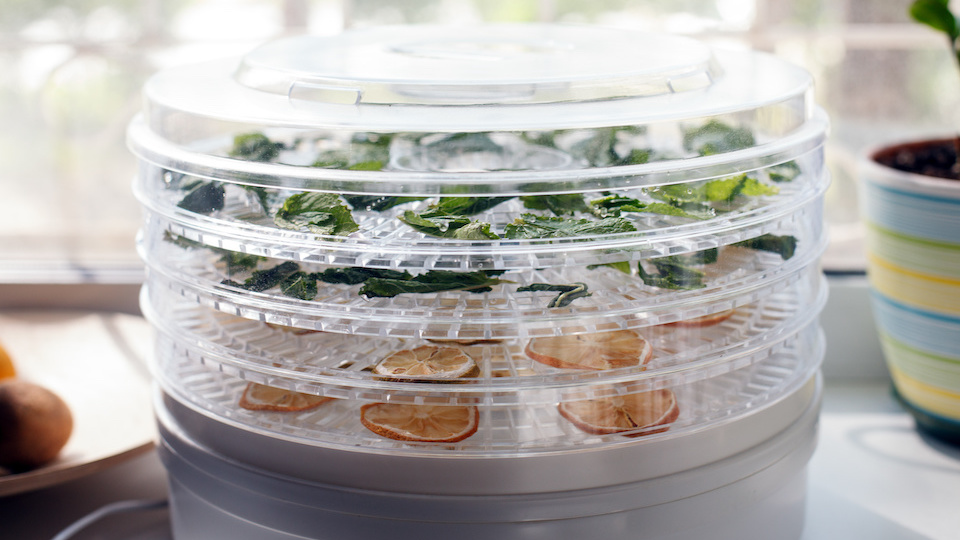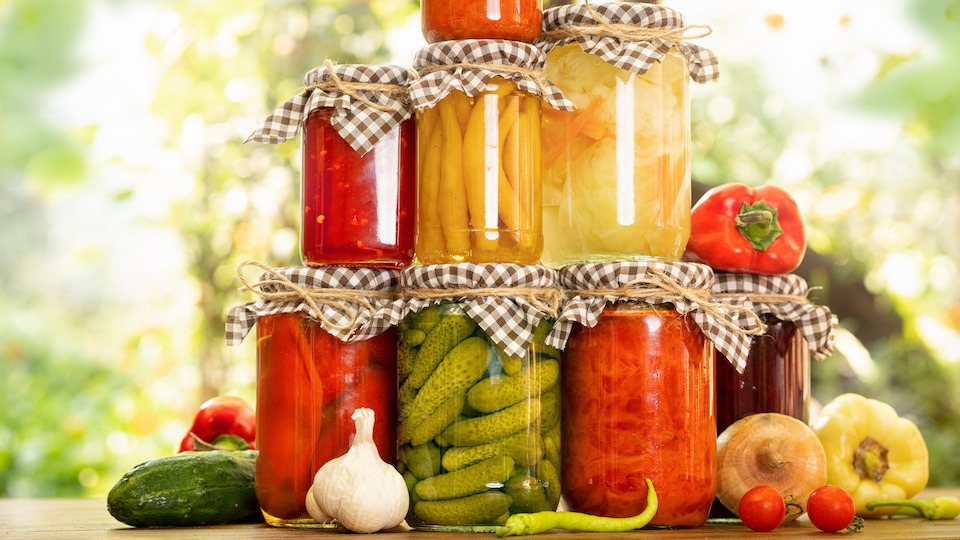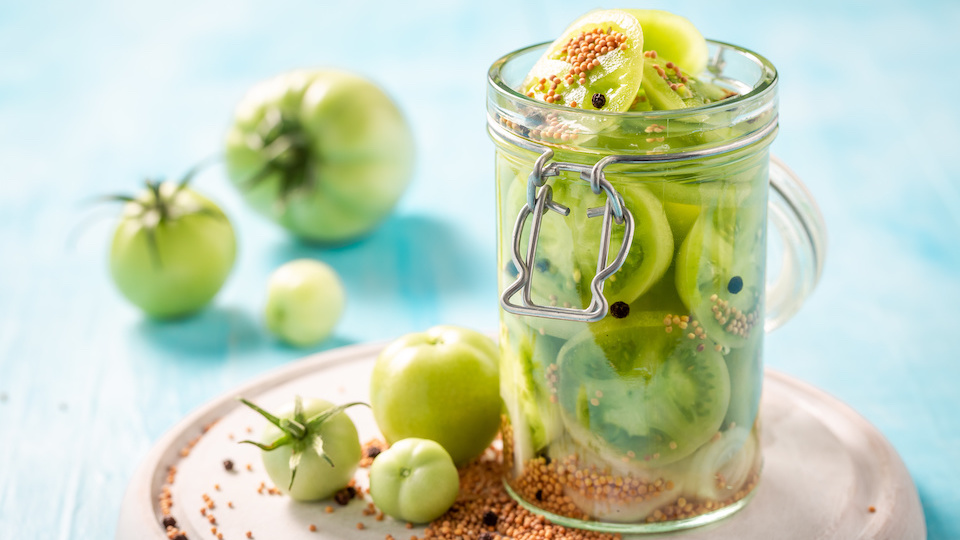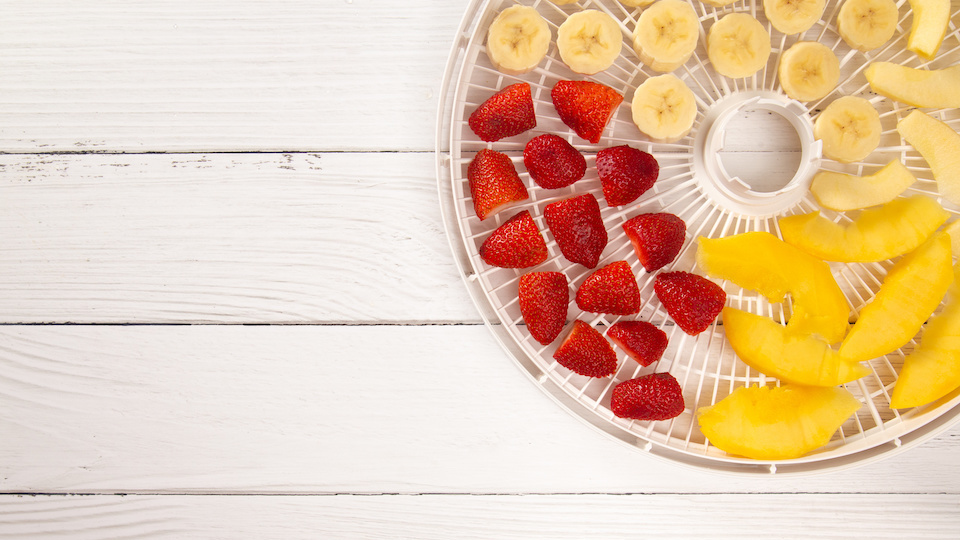14 Reasons to Grow Sprouts on Your Kitchen Countertop
Sprouts are seeds that have been germinated in water. They form a tiny root and shoot that can be consumed in its entirety. These baby plants are a nutritious food you can grow all year round – no soil needed. Some of the most popular types of seeds to sprout include radish, alfalfa, pea, sunflower, and mung bean. Broccoli sprouts have also become increasingly popular due to their health properties.


